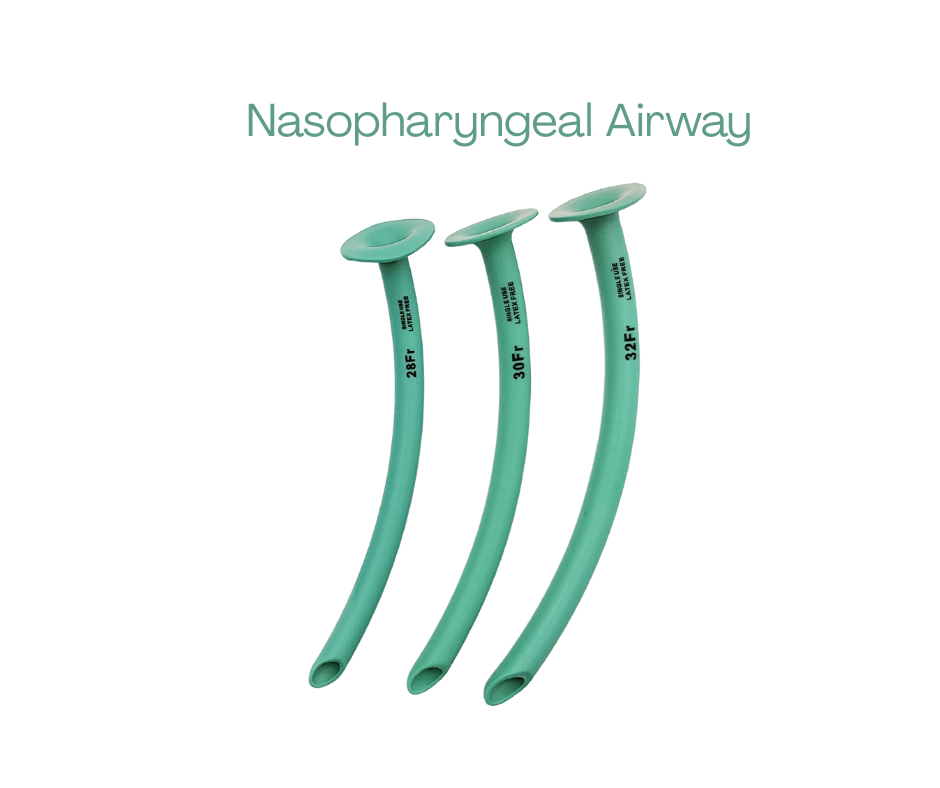TEl: +86-13148388090
Fax:+86-571-88616515
Selecting the Right Nasopharyngeal Airway: Balancing Material, Design, and Clinical Performance
Author: admin / 2025-06-19The nasopharyngeal airway (NPA) is a simple yet essential device used to secure the upper airway in unconscious or semi-conscious patients. Whether deployed in pre-hospital care, emergency rooms, or operating theaters, the NPA's effectiveness is closely tied to both its design features and material composition. For healthcare providers, procurement teams, and medical distributors, choosing the right NPA requires a careful evaluation of clinical functionality, patient safety, and cost efficiency.
Key Design Features to Consider
When selecting an NPA, look beyond basic sizing. The following elements significantly influence performance and usability:
- Size and Color Coding:Standardized color coding helps clinicians quickly identify appropriate sizes, especially in high-stress environments. Many NPAs also include length markings and clear labeling for traceability.
- Balance of Flexibility and Rigidity:An effective NPA must strike a balance—flexible enough to prevent trauma during insertion, yet rigid enough to prevent kinking or collapse inside the nasal passage.
- Safety Features:Modern NPAs typically incorporate a flared end, stopper ring, or external flange to prevent over-insertion. These design elements enhance safety, especially when used by first responders or in pediatric care.
Material Comparison: PVC vs. Silicone
Material selection is critical in ensuring the comfort, safety, and clinical appropriateness of the NPA. The two most common materials—PVC (polyvinyl chloride) and medical-grade silicone—each have distinct advantages based on the setting and user needs.
PVC (Polyvinyl Chloride):
- Lightweight and firm, making insertion quick and intuitive
- Cost-effective for high-volume, single-use distribution
- Ideal for temporary use in low-stress environments such as field trauma kits or mass-casualty preparedness
- However, PVC is inherently less flexible and may cause discomfort or mucosal irritation if used without care, especially in smaller or pediatric patients.
Silicone:
- Soft, flexible, and biocompatible, minimizing tissue trauma
- Maintains shape and performance in high-temperature environments, making it ideal for sterilized settings
- Suitable for prolonged use or patients with sensitive anatomy, such as children, elderly individuals, or surgical patients
- Silicone NPAs are more expensive but provide a higher degree of patient comfort and are often the preferred choice in ICUs, ORs, and pediatric units where quality of care is prioritized.
Summary Table:
| Feature | PVC | Silicone |
|---|---|---|
| Rigidity | High (easier insertion) | Moderate (gentler on tissue) |
| Comfort | Moderate | Excellent |
| Cost | Low | Higher |
| Heat Resistance | Limited | Excellent |
| Sterilization | Disposable, EO only | Autoclavable |
| Biocompatibility | Acceptable | ISO 10993 certified |
| Flexibility | Lower | High |
How Manufacturers Ensure NPA Quality
When selecting an NPA supplier, it's crucial to consider how the product is manufactured and tested. Quality NPAs undergo comprehensive evaluations that include:
1.Material Certification (ISO 10993):
Ensures the device is safe for mucosal contact, reducing risk of irritation or allergic response.
2.Insertion Force & Lubricant Compatibility Tests:
Simulates real-use scenarios to ensure smooth, kink-free performance across various patient anatomies.
3.Sterilization and Packaging Standards:
Individually packed and sterilized NPAs prevent contamination and support compliance with FDA, CE, and MDR regulations. Clear lot and batch markings enable full traceability for audits or recalls.
Why NPAs Are a Must-Have in Emergency and Clinical Kits
The NPA's role in airway management is irreplaceable in certain contexts—especially when oropharyngeal airways are contraindicated or poorly tolerated.
3.Compact and Portable:
NPAs occupy minimal space in trauma kits, ambulances, and field bags—ideal for rapid response teams.
2.Ready in Multiple Sizes:
Most kits include a full size range (e.g., 6–9 mm ID) to suit varied patient populations, from adolescents to adults.
3.Easy to Train and Use:
NPAs require minimal training compared to advanced airway tools like endotracheal tubes. EMS providers, paramedics, and even combat medics can deploy them efficiently.
Conclusion
Choosing the right nasopharyngeal airway involves more than just size or price. It's about understanding how material selection, design features, and clinical setting come together to ensure safe, effective airway management.
For budget-conscious, temporary use, PVC-based NPAs offer practicality and reliability.
For hospitals and high-care environments, silicone NPAs provide enhanced comfort, flexibility, and performance.
By partnering with a reputable manufacturer like BEVER Medical that emphasizes biocompatibility, performance testing, and global regulatory compliance, you ensure your airway management solutions meet the highest clinical standards—where every second counts, and every breath matters.



